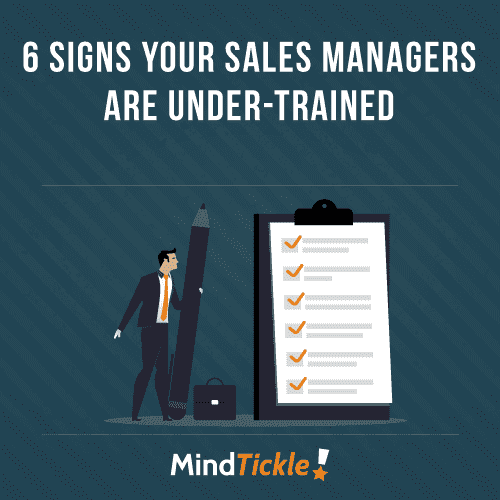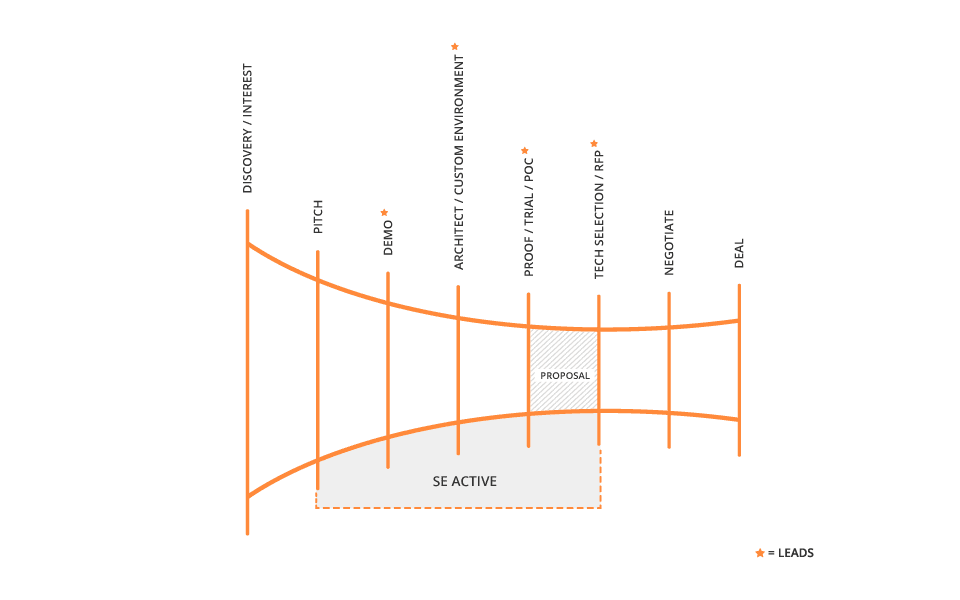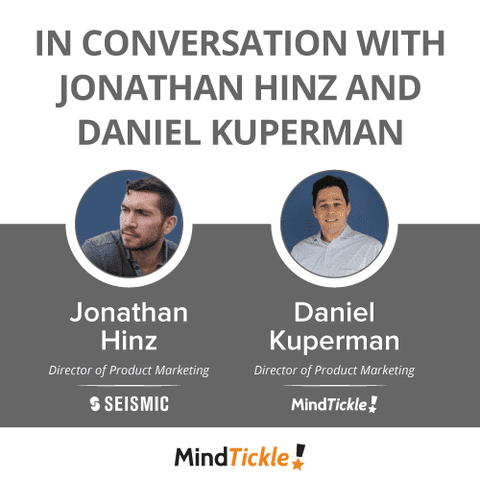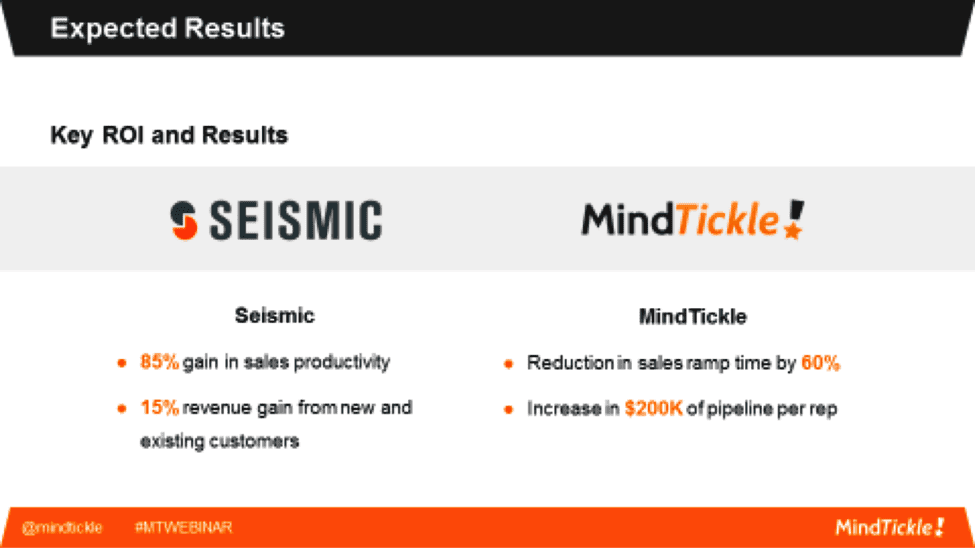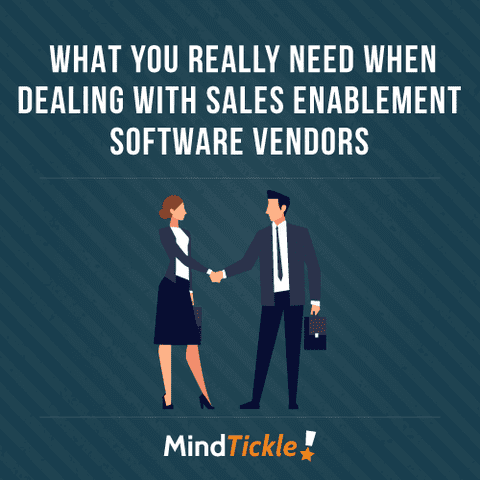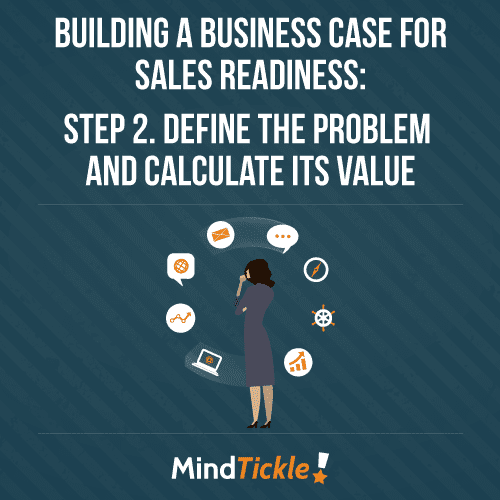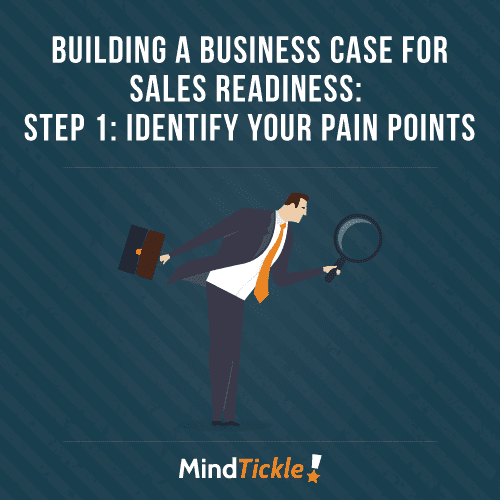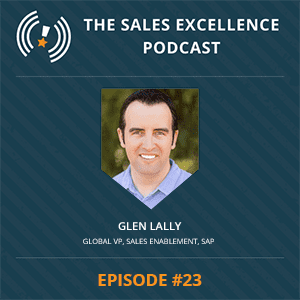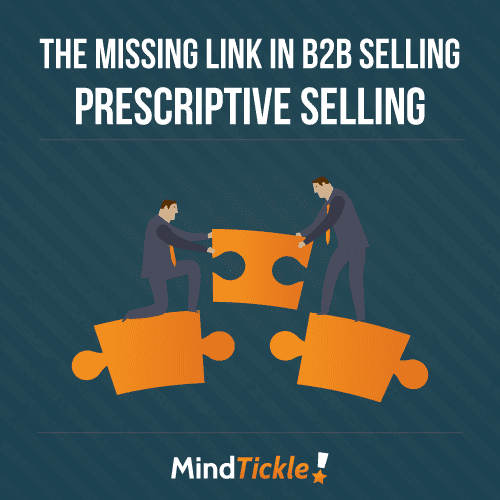7 Things that will Transform Sales Readiness in 2018
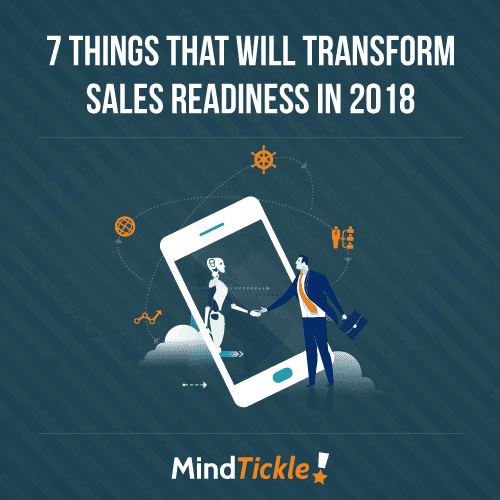

1. Sales readiness becomes essential
Just a few years ago Sales Ops was considered a nice-to-have, now it’s an integral part of a robust sales organization. Sales readiness is coming of age and the best sales teams understand how important it is to gain a competitive advantage. In 2018, sales readiness will no longer be viewed as an option and more businesses will see it as an essential element of a winning sales strategy.
2. Artificial intelligence will arrive but not as expected
There has been a lot of hype about artificial intelligence (AI) in recent years but it’s still a long way from replacing sales reps. In 2018, AI will start to make a difference in the sales process – it will help reps work smarter and faster, not replace them. There are so many manual tasks that that can be achieved quickly with the assistance of AI according to
Mohit Garg, Co-Founder and Go-To-Market leader
of Mindtickle “
Processes that can easily be automated, eliminating repetitive work, maximizing sales outcomes by taking advantage of data-driven insights, so that the sales reps can focus on closing deals.”
Another area where AI is showing huge promise that will prove its value in the coming year is in the area of dynamic coaching. AI will be able to identify triggers and provide coaching opportunities to managers so they can help reps deal with specific situations in real time.
Tamara Schenk, Research Director of CSO Insights
notes “
Sales leaders will shift their enablement investments between individual contributors and their managers to take advantage of the enormous performance potential of robust coaching approaches that equally leverage coaching skills, process, and AI-empowered technology to make coaching time as effective as possible.
”
3. Sales stacks will become more tightly integrated
Sales tools lose their effectiveness if they become cumbersome to use and difficult to manage. The trick to optimizing your sales stack is to ensure it is tightly integrated. In the coming year, more emphasis will be placed on building seamless sales stacks rather than just adding more technology to reps’ toolsets. Streamlining your sales stack with seamless integrations will ensure that sales teams can use their tools to improve effectiveness and efficiency rather than being a source of confusion and aggravation.
4. Analytics will enhance sales readiness
Analytics is used extensively to understand how our customers behave, in 2018 organizations will benefit from the data available in sales readiness tools to better understand their reps. This data isn’t just about how many sales calls reps are completing. It also considers their productivity, how effectively they sell and what information they use. This information will enable sales managers and leaders to take the sales readiness of their reps to a new level.
“The right measurement and tracking ensure that key stakeholders are aware of the readiness of their sales team over time and can track improvement,”
explains Nishant Mungali
, Co-Founder and Chief Product Officer
for Mindtickle.
5. Millennial needs become the norm
Millennials are now the
largest generation in the US
and this will only continue to grow. So while businesses have focused on the need to address millennial preferences because they were different from Generation X or Baby Boomers, the reality is we must now accept that the preferences of millennials are those of the majority.
This will have a significant impact on sales readiness in the coming year because things that were once considered important to millennials will now become the norm. Bite-sized content, mobile capability, sharing wisdom over classroom teaching, value-driven learning, agility, flexibility to learn on the go and gamification will no longer be optional for sales readiness in 2018. They will all be mandatory to meet the changing needs of the workforce.
6. The cadence is set for continuous learning
With industry dynamics changing weekly and new products features rolling out regularly, it’s no longer sufficient to set and forget training. To maintain your reps’ level of sales readiness they need to be trained regularly. In the coming year, more businesses will shift from periodic training to continuous training enabled by mobile sales readiness tools that facilitate real-time updates to be pushed out to reps anywhere. Learning modules will become smaller and more frequent, making training a regular part of a salesperson’s job.
7. Peer-to-peer learning will take off
Traditionally, external experts have come in to train reps on new techniques and selling models, but this will change in 2018. While external training will still be relevant, internal expertize will become more prevalent, particularly as sales readiness technology enables winning sales techniques to be shared more readily amongst the sales organization.
This could be facilitated through best practice video role plays, success stories that are easily searchable or social tools that facilitate the sharing of knowledge easily. Sales enablement and sales leaders will still continue to play an important role in this process. Together they will ensure that content that is shared is truly the best practice so that peer-to-peer learning becomes the optimal form of learning.



